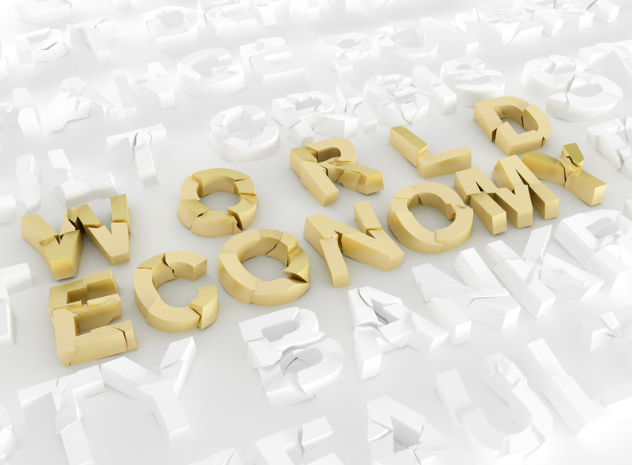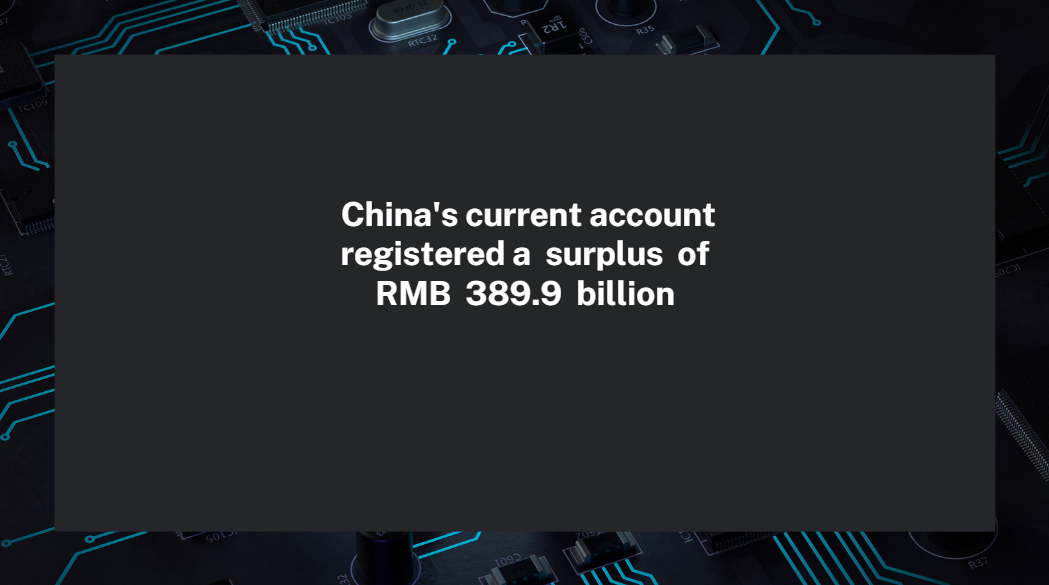Lesetja Kganyago: Overview of the South African economy
The views expressed in this speech are those of the speaker and not the view of the UDF Space.
Central bank speech | 08 August 2024
Good morning, ladies and gentlemen.
Introduction
After another momentous year, today we convene the South African Reserve Bank's (SARB) annual Ordinary General Meeting (AGM). In April, we marked 30 years of South Africa's still-young democracy. It has been an extraordinary three decades, with a global financial crisis rivalling that of 1929, a catastrophic health pandemic, as well as our own ongoing struggle to develop a new democratic dispensation to better address our legacy of inequality and poverty.
Despite these many challenges, the recent national and provincial elections have underscored our resilience as a society, and a new government of national unity has been ushered in.
While the SARB has been in existence for over a century, it is our democratic Constitution that sets its current mandate: to protect the value of the local currency in the interest of balanced and sustainable economic growth – and to do so without fear, favour or prejudice.
I am honoured to be part of a renewed leadership of the SARB, with Deputy Governors (DGs) Fundi Tshazibana and Rashad Cassim being reappointed, and Mampho Modise filling the vacant DG role. Our track record notwithstanding, we continue to face enormous challenges, but trust we will be supported by the dedicated staff of the SARB and its subsidiaries.
With this in mind, I now turn to our economic outlook.

A world economy in flux
The global economy continues on a long recovery path from the pandemic. This path has been a troubled one, and despite better prospects in recent months, remains beset by risks and vulnerabilities built up during the pandemic. Inflation remains stubbornly high, and public debt levels globally are at record levels. Technological development carries both risks to cybersecurity and the hope of large and sustained boosts to global productivity. Meanwhile, 22 July appears to have been the hottest day on Earth in recent history.
In short: we are entering an era of new economic challenges, even as the recent ones have yet to be overcome. There is little fiscal or monetary policy space available to deal with the risks that could emerge to financial stability, renewed inflation pressures or even the growing challenge of climate change.
Inflation remains a major policy concern for central banks globally. Although global inflation declined from 8.7% in 2022 to 6.8% in 2023 and continues to ease in 20242 , it remains high relative to the 2–3% inflation targets that many countries are trying to achieve.
Restrictive monetary policy, along with the recovery in supply chains and other pandemic-related bottlenecks, has helped inflation to recede from its 2022 highs.
However, global disinflation has slowed recently, as is well illustrated by consumer price inflation in the United States (US) still sitting at 3% relative to their 2% target.
The slow pace of disinflation reflects a pattern of lower imported inflation but higher services inflation across most economies. In some, rising wages and sustained pentup demand for services have been key factors. 3 In emerging markets specifically, fiscal challenges and sustained currency depreciations have played more of a role.
Policy commitment to reduce inflation back to targets has been strongly signalled around the globe, and central banks have generally been cautious in their approach to policy. Deepening geo-economic fragmentation, higher temperatures and other supply-related risks raise concerns about the long-term prospects for inflation, and considerable effort is going into reassessments of neutral real rate levels.
While inflation remains higher than desired, global economic activity has proven to be more resilient than expected. Global growth surprised higher at 3.3% in 2023, despite considerable divergence in growth across individual economies. Generally, however, global growth rates are expected to remain below pre-pandemic trends. This reflects the impact of protectionist measures on global trade, relatively tight financial conditions as well as uncertainty of future policy trajectories.
Greater stability in global affairs and more sustainable fiscal policy settings across the G20 countries would help to dampen uncertainty and enable longer-term horizons for policymakers, firms and households.
While lowering debt levels weigh on growth in the short term, the longer-term effects of falling borrowing costs act to improve growth prospects, supporting private investment and freeing up fiscal space. Lower inflation would also open monetary policy space and support easier credit conditions, complementing the fiscal actions.
The SARB forecasts trading-partner growth to remain moderate in the medium term, hovering at around 3%.





















































First, please LoginComment After ~